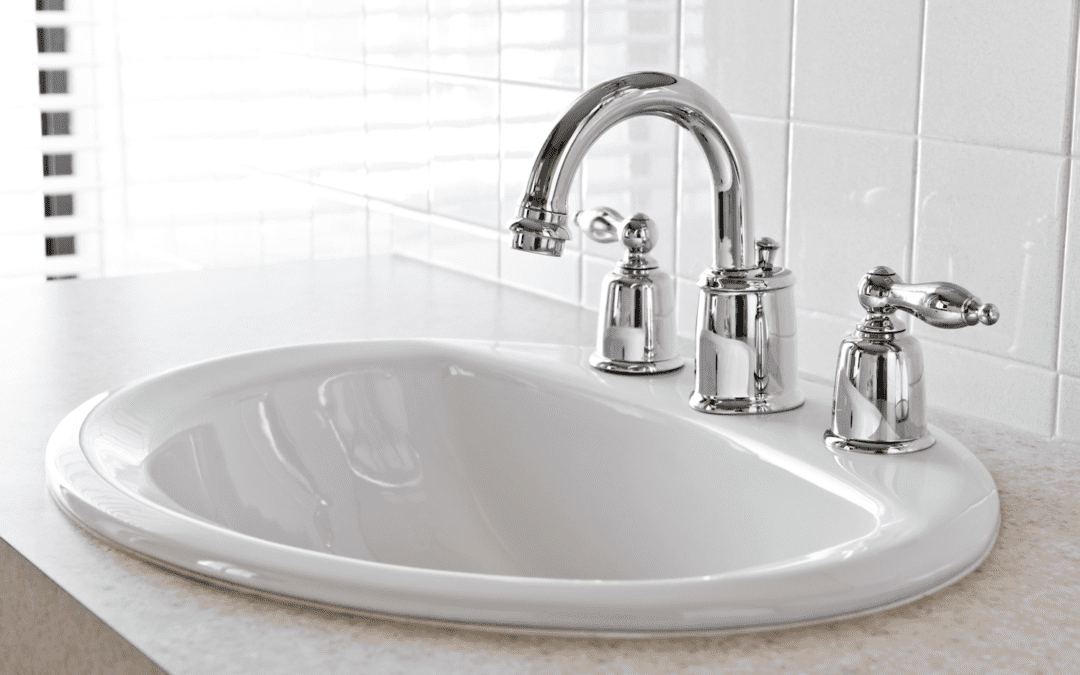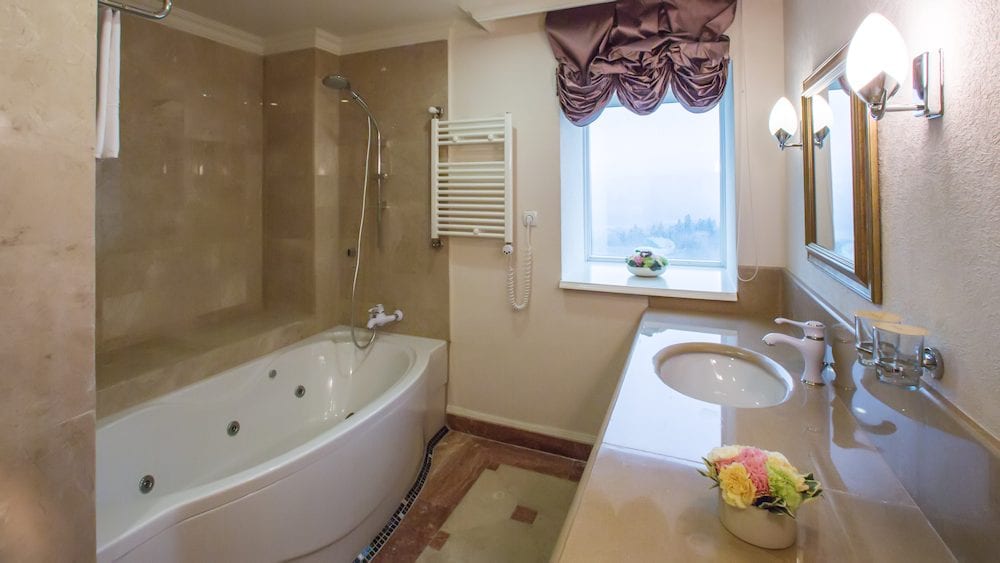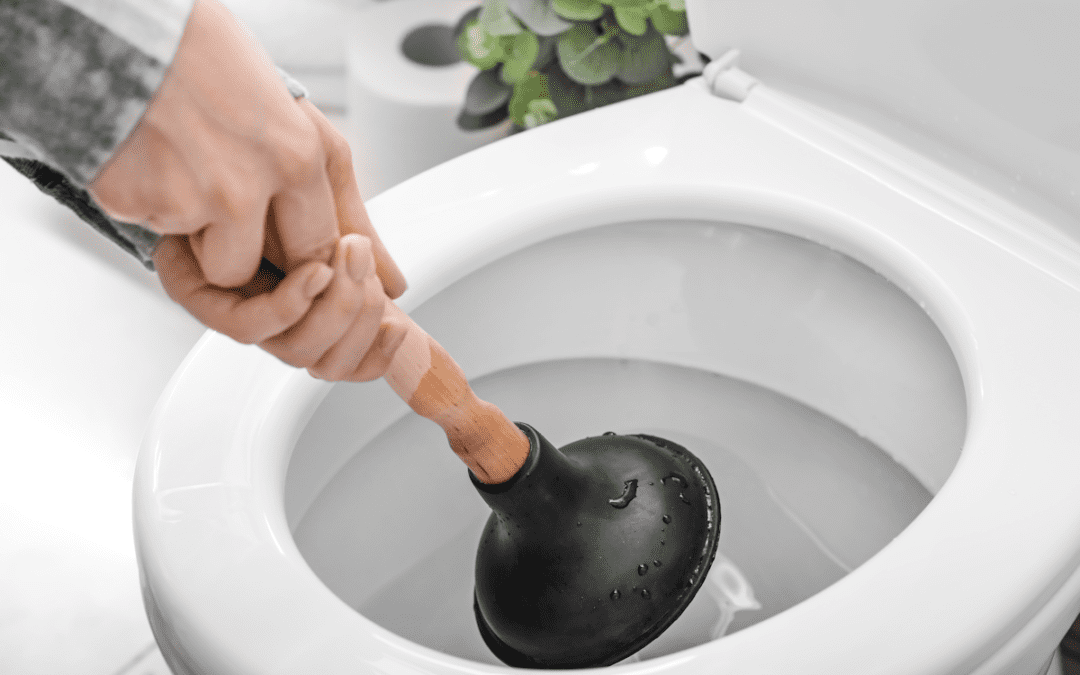Tankless water heaters use on-demand technology for maximum energy efficiency and performance. Millions of consumers have opted for tankless technology to ensure safety, save storage space, and cut back on energy costs. Standards and certifications like Energy Star run multiple tests on home appliances to ensure fire hazard safety and low maintenance costs. So, what makes a tankless water heater an on-demand technology? (1)
A non-storage unit uses continuous flow to heat water through the device into the taps. It does not store or re-heat anything for future use. Most traditional and modern units consist of copper heating elements. These offer easy thermal conduction and fabrication. Plus, they prevent limescale, mineral, calcium build-up. There are all kinds of on-demand models such as hybrid, point-of-use, and combination broilers. But what’s more important than this categorization is knowing which is gas-powered and electric-powered.
Certain technologies use the following processes to heat water quickly:
Continuous circulation: In this method, the unit constantly pumps water through the water inlet to each corner of the unit. However, this spends more energy than required and was the first kind of technology for heating systems. People are now opting for more modern and energy-efficient on-demand heating technologies.
Timer-controlled: When a device is time-controlled, it consists of a re-circulating pump which shuts off heating water when the timer goes off. Once the timer is on track, the heating element is activated and cold water is treated. This is one of the most efficient methods and also helps reduce consumption of water.
Pump: For pump-driven models, a pump is installed under the sink which can be turned on with a push of a button. Once it is turned on, the pump uses most of the hot water supply from the unit. This kind of technology is good for when you want single use only.
Temperature-controlled: Temperature-controlled models are most common in the industry. A sensor is placed inside the unit which helps maintain the desired water temperature by activating the burner responsible for running the main heating element. A sensor circuit will cut the power supply of the pump once the temperature reaches its ideal point. And it will in-turn turn the pump back on as soon as the water drops below the pre-determined temperature.
How do they work?
The best tankless water heater comes with a heating element which continuously heats water and supplies it to your home’s main pipeline. This heating element is also powered by the unit’s power source, which is either electric or gas-powered. When you turn on the tankless water heater, the unit uses minimal energy (unless it’s not energy efficient) to supply a continuous stream of hot water for as long as the tap is turned on.
In comparison we found that electric-powered heaters are much slower in delivery than gas-powered units. This is because an electric-powered heater consists of the following features:
- A sensor
- A burner
- A thermostat
These features work something like this: When the switch of the unit is turned on, the sensor that’s placed in the heating element of the electric-powered heater kick-starts the burner. The burner heats the water flowing in the unit in a constant cycle, while the thermostat maintains the desired temperature of the water flow.
When using natural gas or propane heaters, make sure the unit has enough ventilation support for smooth performance. It can be placed through a ceiling or outside the house, close to all the main pipelines. Hot water is the only priority when using the best tankless water heater. And so, you shouldn’t have to wait a long time for hot water after turning the tap on. That said, opting for a larger tankless water heating system that can run two taps, such your dishwasher line and a kitchen faucet, simultaneously is important.
Source – all content is for information purposes. Click to learn more





